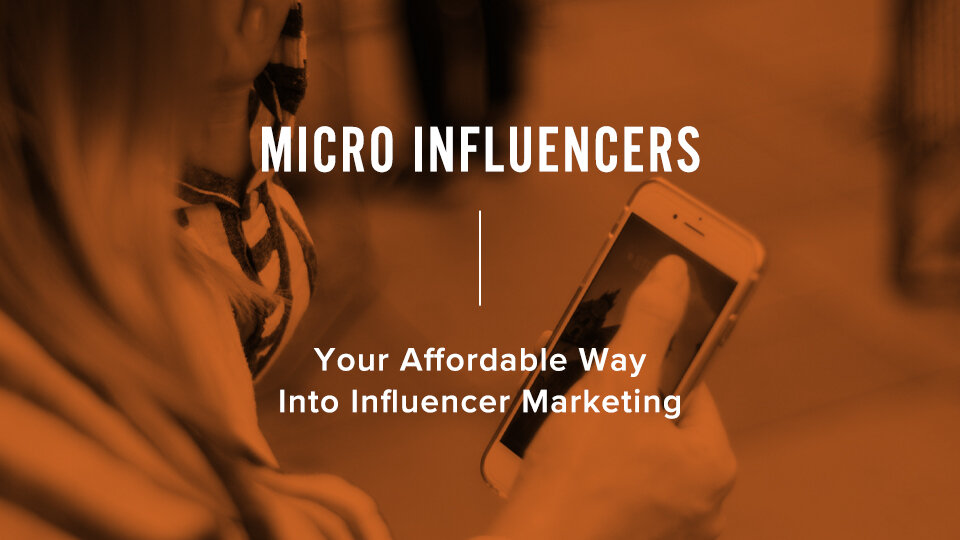Micro-influencers: Your Affordable Way Into Influencer Marketing
By Maurilio Amorim
We're no longer living in the days where only celebrities with millions of followers on social media can partner with brands to advertise on their platforms.
And yes, while Dwayne Johnson, "The Rock," gets paid over a million dollars per Instagram post, there are now many more options for brands to consider for advertising.
Enter micro-influencers.
What are micro-influencers, you ask? Most would define them as people on social media with online personalities and followers ranging anywhere between 3,000-30,000 (exact follower counts vary based on who you ask).
They almost always serve a particular niche and have highly engaged and loyal followers.
But most importantly, they're trusted.
Think about this: Let's say you're in the market for anti-wrinkle cream, and you see a friend with a 'before and after picture after using a specific cream.
How much more believable is that post than if you were to see a major celebrity/movie star posting about the same cream.
When I see a celebrity's post in that situation, my immediate thought is, "there's no way he/she is using that cream. They can afford the best skincare treatment in the world."
As you might expect, these micro-influencers garner more trust than major influencers because they're more relatable than celebrities.
And for this reason, marketers are getting smart. They are now using these micro-influencers to promote their products/services more than ever.
So, why does this matter to nonprofits, churches, and small businesses?
For the same reason that brands with products and services partner with micro-influencers who share their target audience, nonprofits are starting to do the same thing. And the best part of it all? They're much more accessible and affordable than the major influencers.
A critical key to a successful partnership is to find micro-influencers who serve a niche that relates to your cause and shares a similar target audience.
For example, if your nonprofit's mission is to serve food to the homeless community, it would be wise to partner with someone local known for their love of food and cooking.
This quickly becomes a mutually beneficial relationship: you can engage with followers who share a similar passion, and the micro-influencer can reap the benefits of partnering with an incredible cause.
How should nonprofits, churches and small businesses engage micro-influencers?
While there are many ways to find and start building relationships with micro-influencers, you can always start the process on social media itself. Search hashtags and see who is engaging on other pages that are similar to you and have the same type of audience.
There are many ways to structure a partnership with influencers. Some charge a flat fee per post. But in the micro-influencer's case, it's always a good idea to test and see how their audience responds to your organization.
Paying for performance is a great way to vet influencers of any size. Create a unique offer/experience or giveaway for that influencer and develop a landing page specifically for them. Measure how many people have visited and engaged with your organization from that specific influencer.
Let's say you decide that for each name and email you gather, you will pay the influencer $5. This is a win-win for everyone. There is no limit to what a successful campaign generates for the influencer; you only pay for results.
With this type of influencer arrangement, you can work with several micro-influencers simultaneously without worrying about wasting money.
If you don't know how much that name is worth to your organization, here's a post on calculating how much to spend on your acquisition campaigns
Remember, you want someone who not only has engaged followers, but whose passion and online persona align well with the mission of your organization.
If you have had experience working with influencers, please email me at maurilio@agroup.com and share your results.













